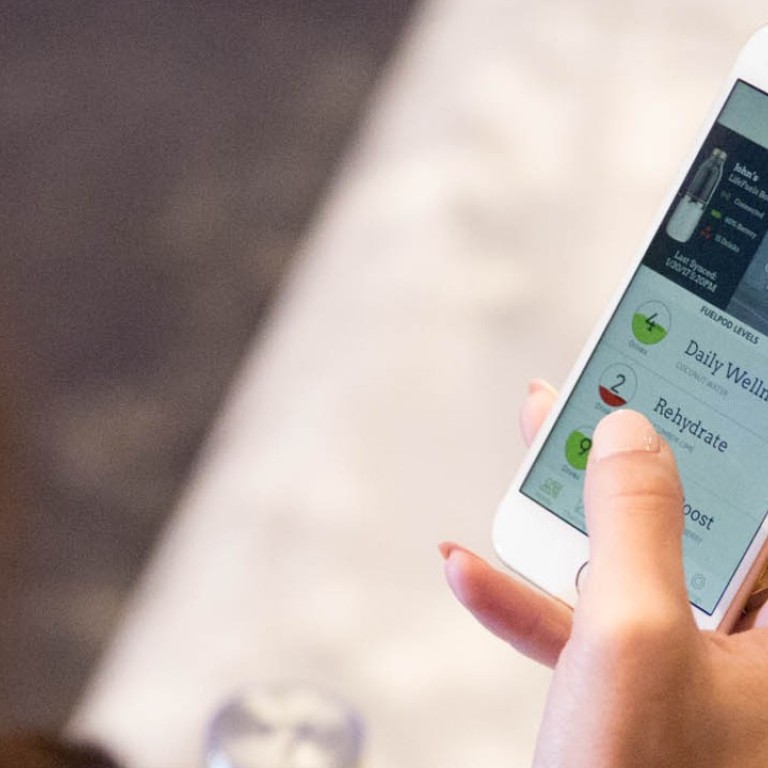
5 tech devices that can help us to make better food choices
Innovations are enabling us to be smarter about what we eat; they can analyse nutritional content, help us combat wastage, and notify us when foodstuffs are contaminated
Never before has society been so consumed by what goes into our mouths.
Forget counting calories. Though weight loss might be a side effect of healthier eating, it’s often not the end goal. Of more concern to millennials is food provenance, which in these enlightened times is linked to a raft of values including animal rights, fair trade, environmental sustainability, food safety and food security.
Beyond providing sustenance, eating is part of a holistic lifestyle incorporating more organic and plant-based choices. Chefs like Tina Barrat, previously from Maya Cafe, who now caters private events and holds gourmet cooking classes, are leading the charge.
“Numerous studies prove that eating more whole foods as well as more vegetables and fruits is beneficial and helps keep the body healthy and alkaline,” she says.
While Barrat claims to have more energy on a raw food diet, she understands it might not be for everyone. “But through my style of gourmet cooking, I’m hoping to convince more people to go for a plant-based diet either cooked or raw. It’s better for the animals, and the planet,” she says.
Christian Mongendre, ex-Mana! group, is equally convinced about the role of plant-based food in “preventing disease, healing the mind and body and supporting a vibrant life”. Through his company CGM Concepts, Mongendre now consults on plant-based foods and eco-friendly practices to businesses in Hong Kong and abroad.
“Given the facts about the current situation of our planet, our food system and the impact on all of us, I believe people will start investing more in themselves and wanting to eat food with more transparency, quality and integrity,” he says.
Numerous studies prove that eating more whole foods as well as more vegetables and fruits is beneficial and helps keep the body healthy and alkaline
In the current living environment, compounded by smoggy air and stress levels at work, “it’s time people regain their strength and regenerate their bodies with good quality fuel, both for themselves and the planet,” Mongendre continues. It’s a trend he is pleased to see has moved beyond the most health-conscious individuals “to now being very general and appealing to the masses”.
While Hong Kong’s restaurant scene offers more and more healthy choices, “nothing beats cooking your own food,” says Mongendre. “You get to see what goes in it and can infuse it with your energy and consciousness to have even more of a positive and empowering feeling”.
Even when space and time are an issue, investing in pantry basics provides a solid base, he adds. “If you have all the dry goods, oils, nuts, seeds, onion, garlic, spices and so on it becomes easy to create simple dishes with lots of flavours, fast and always changing,” says Mongendre, whose staple lunch, even if busy, is a simple green salad with lots of nuts and seeds, nutritional yeast and sprouts, paired with steamed or roasted vegetables, some hummus or other dip spread on sourdough bread.
Tina Barrat agrees that cooking healthy meals at home “is not difficult, but you need to plan ahead and get organised”. Plan your weekly shopping ahead, she advises, and divest your pantry of unhealthy choices. Another tip: “Cook your beans in advance – you can use them for the week.”
“When you start giving your body more nutrients, your body will start telling you what it needs. Listen to it,” Barrat adds.
And if you do want technology to lend a hand, here are some further suggestions:
1. The Ovie smart food storage system tracks food in your fridge, and reminds you what to eat before it goes bad – even suggesting recipes based on those ingredients.
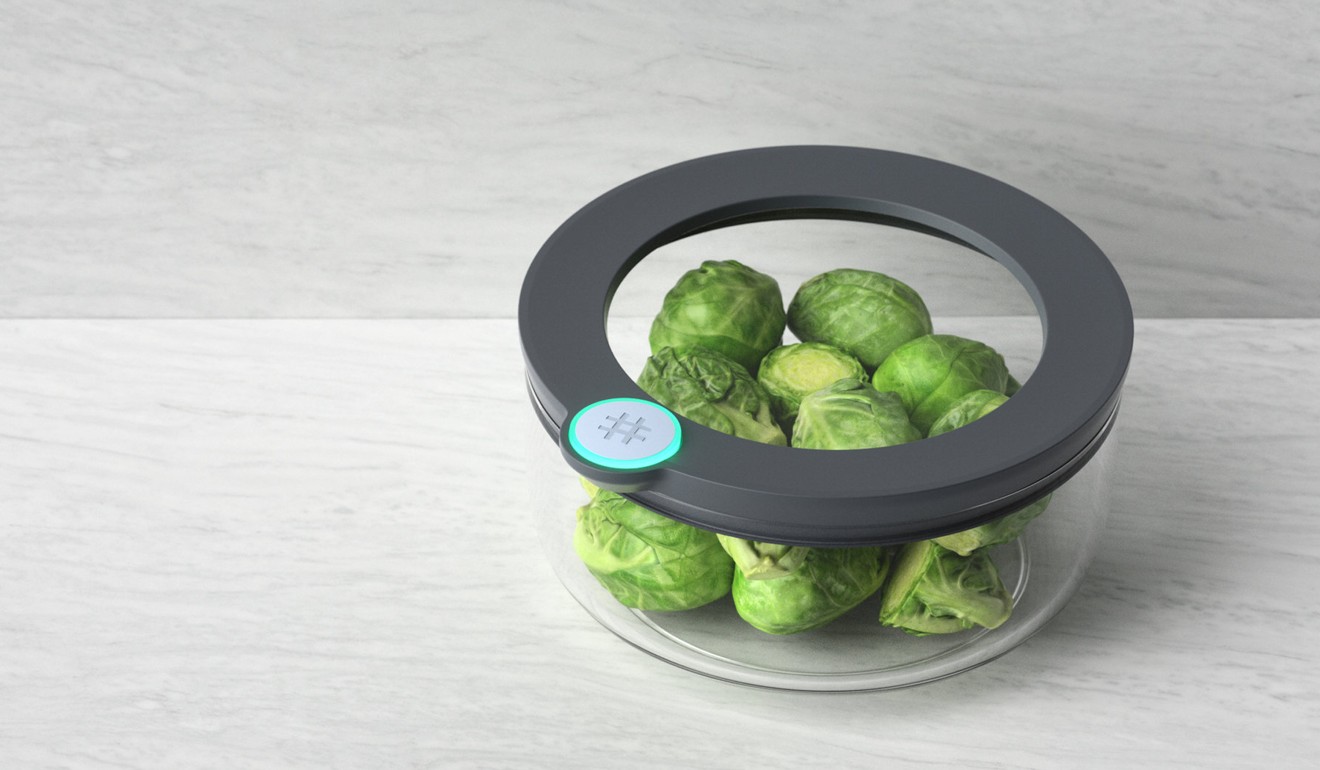
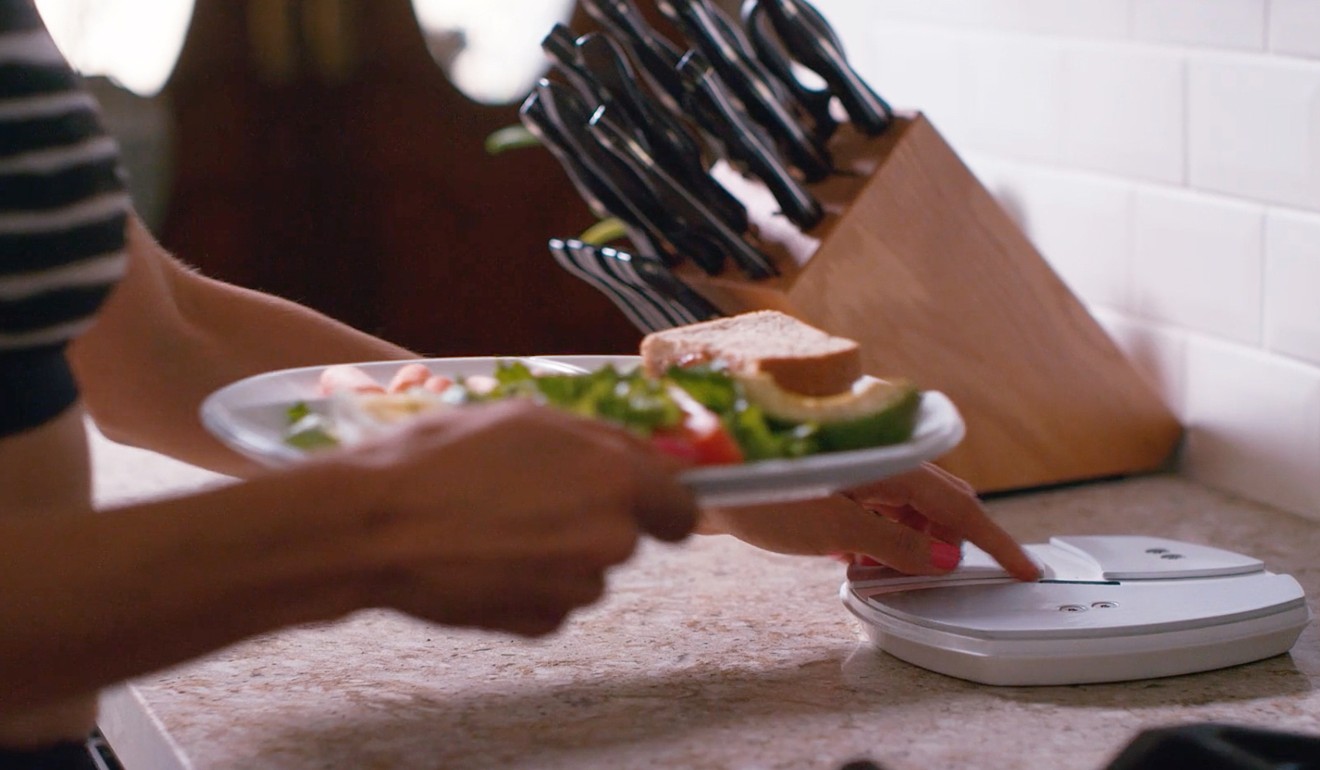
Simply load food on the plate, take a photo with your smartphone, and within seconds the software will weigh, analyse and track the nutritional content of up to three separate items. The app also syncs with the user’s wearable devices to put food and fitness in the same smart package.
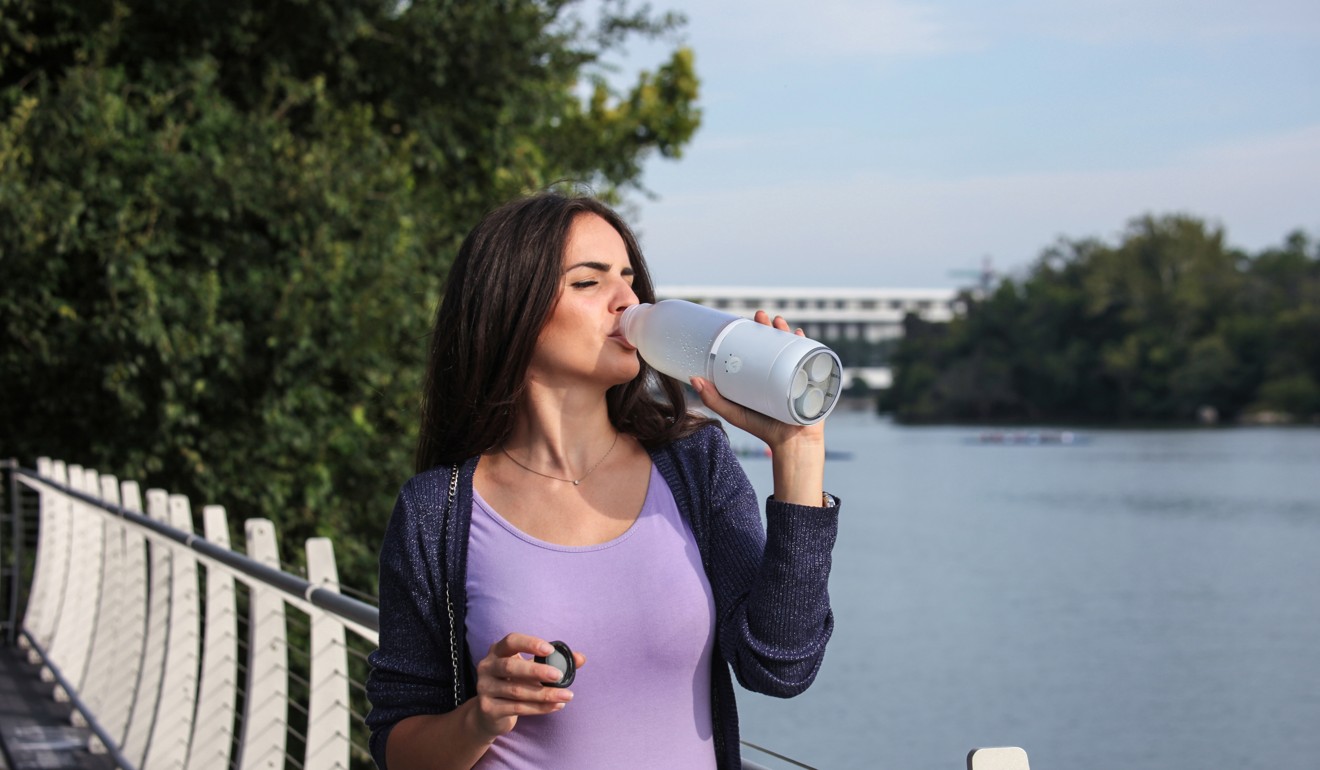
Capsules (or “pods”) containing a range of flavoured nutritional substances are inserted into the base of the smart bottle, dispensing their contents as required into the hot, cold or sparkling water added to the top canister. The app tracks how much is consumed, and syncs with devices such as Apple watch, Fitbit and Garmin “to close the loop on your fitness, wellness and overall health”.
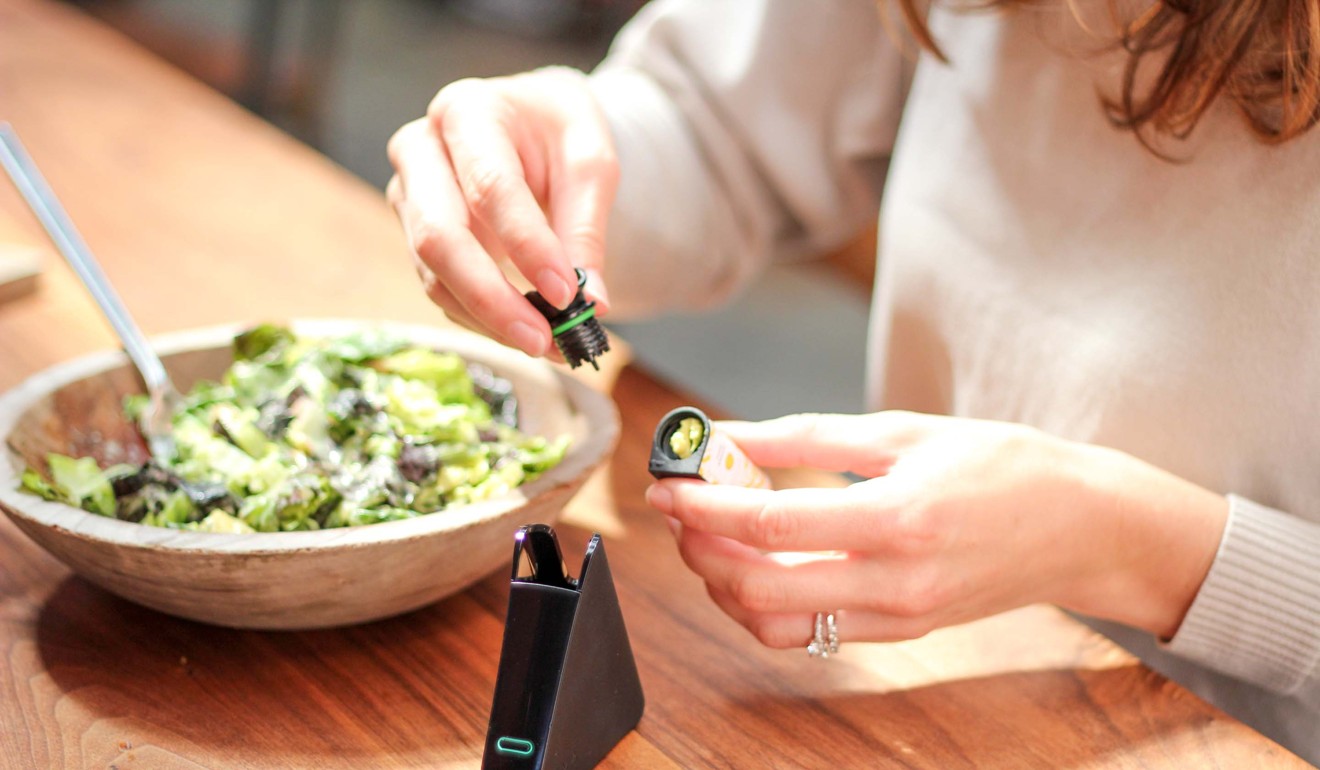
They work by placing a pea-sized amount of any questionable food into a single-use testing tube on the device, and within a few minutes, any traces of the allergens are revealed.
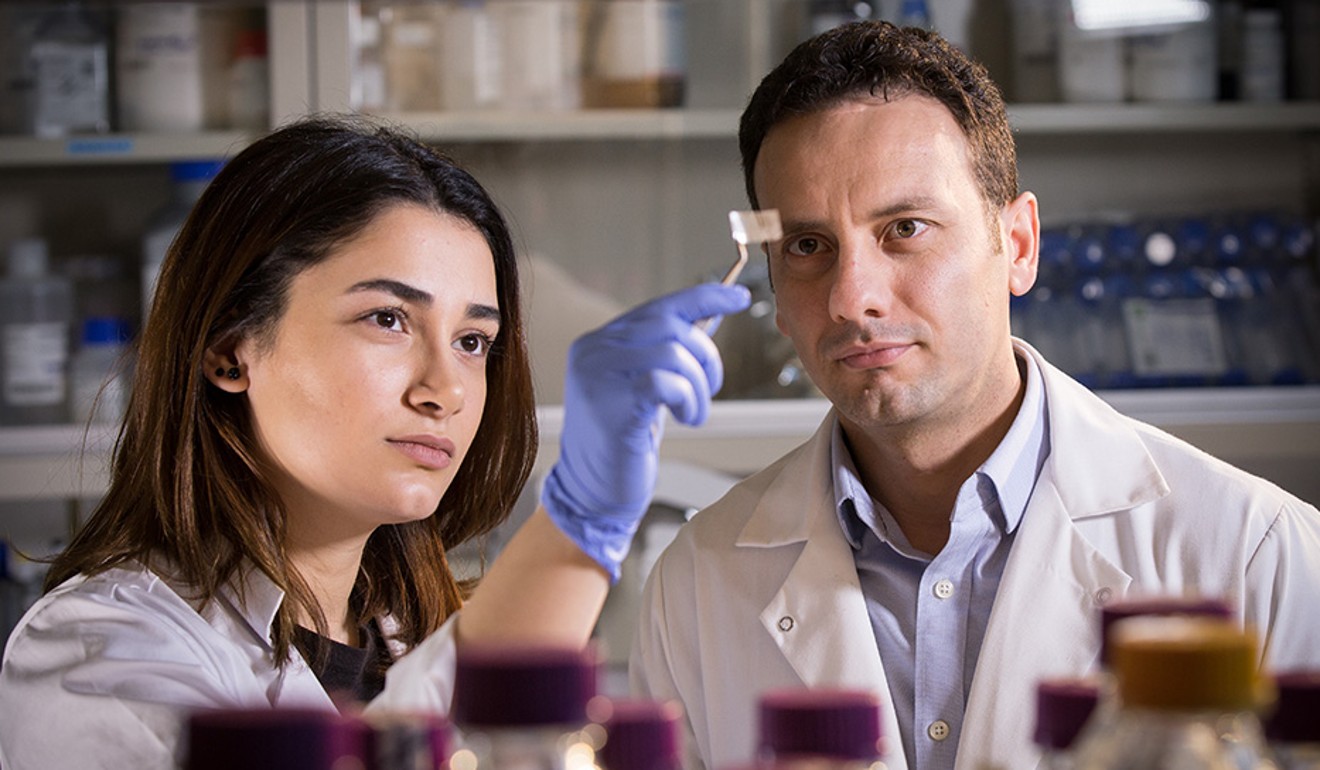
Its inventors say the patch can be incorporated directly into food packaging, monitoring the contents for harmful pathogens such as E. coli and Salmonella. They expect that the patch has the potential to replace the traditional “best before” date on food and drinks “with a definitive indication that it’s time to chuck that roast or pour out that milk”.
Ready to roll up your sleeves and start cooking your own healthy meals? Here are two recipes to get you started:
Recipe 1: Roasted eggplant with garlic
Chef and food consultant Christian G. Mongendre shares this simple and wholesome recipe for home cooks:
Take an eggplant and make small incisions along the body, inserting small pieces of garlic into each. Roast the eggplant whole at 180 degrees Celsius in a little oil and salt till tender. Let it cool enough to handle, then cut open the eggplant and add the sauce on top.
Sauce:
1 avocado; juice of half a lemon; 2 tablespoons extra virgin olive oil; 2 tablespoons tahini; 1/8 -1/4 cup water (adjust to preferred consistency); salt and pepper to taste; blend together.
Garnish the eggplant with sunflower seeds and pomegranate seeds, then serve with a piece of sourdough bread and a simple green salad.
Recipe 2: Ceviche

For a light and nutritious summer meal, Tina Barrat shares this recipe:
1 Fennel sliced thinly (outer leaves removed); 1/4 red cabbage, sliced thinly; 1 red bellpepper or 2 big red chilies, diced; 1 yellow zucchini diced; 1 mango (or pineapple) thinly sliced; 1 cob of corn grained but not cooked; a big bunch or coriander, chopped.
Optional: pomegranate, grated carrots, diced banana, fresh coconut meat
Sauce:
Juice of 1 large lime; 1 small chili chopped thinly; Himalayan salt or mineral salt; toss everything together; let it to sit for 10 to 15 minutes so that the flavours develop, adjusting seasoning to taste.
Serve as a refreshing and nutritious a starter, or with quinoa on the side for a full meal.

